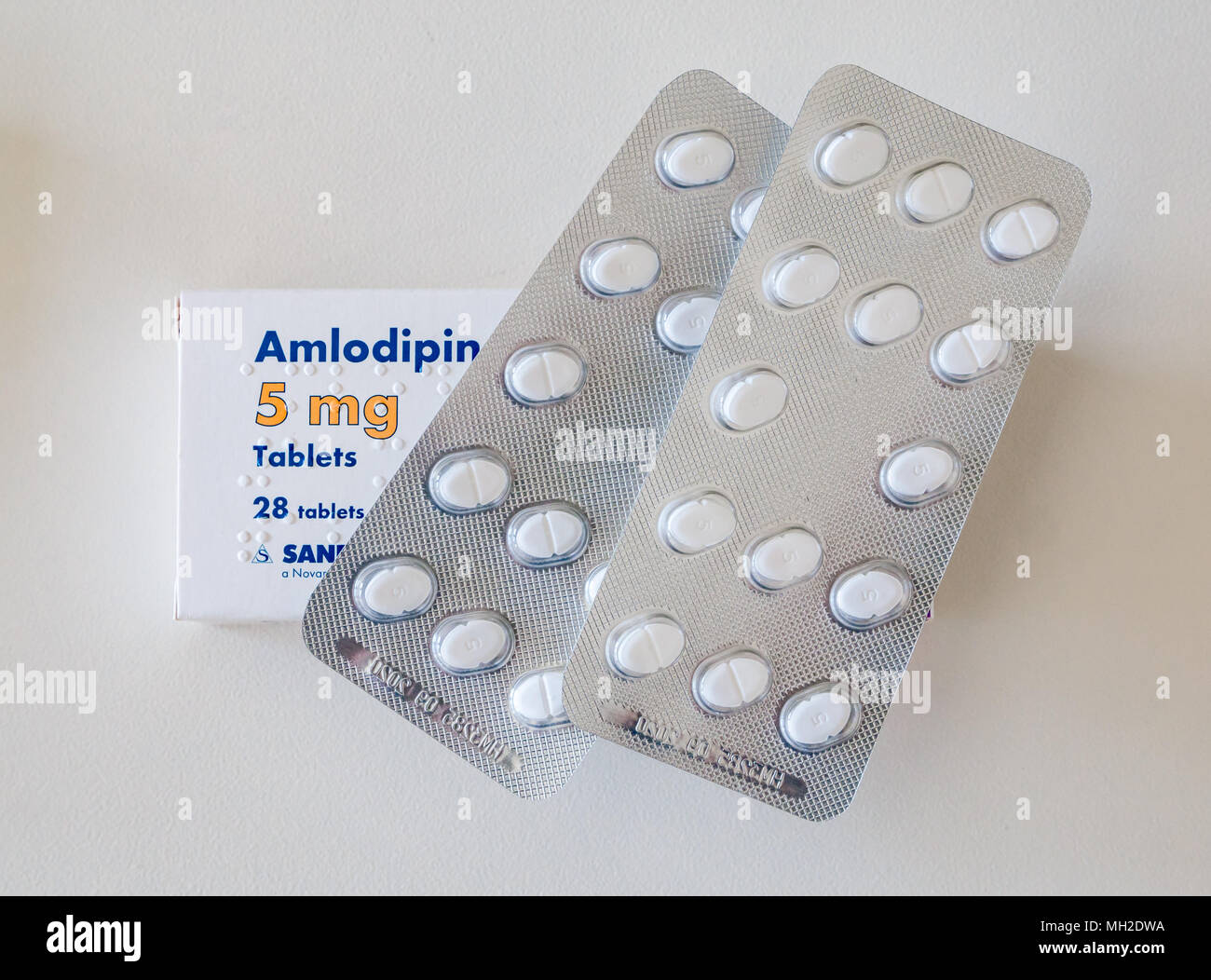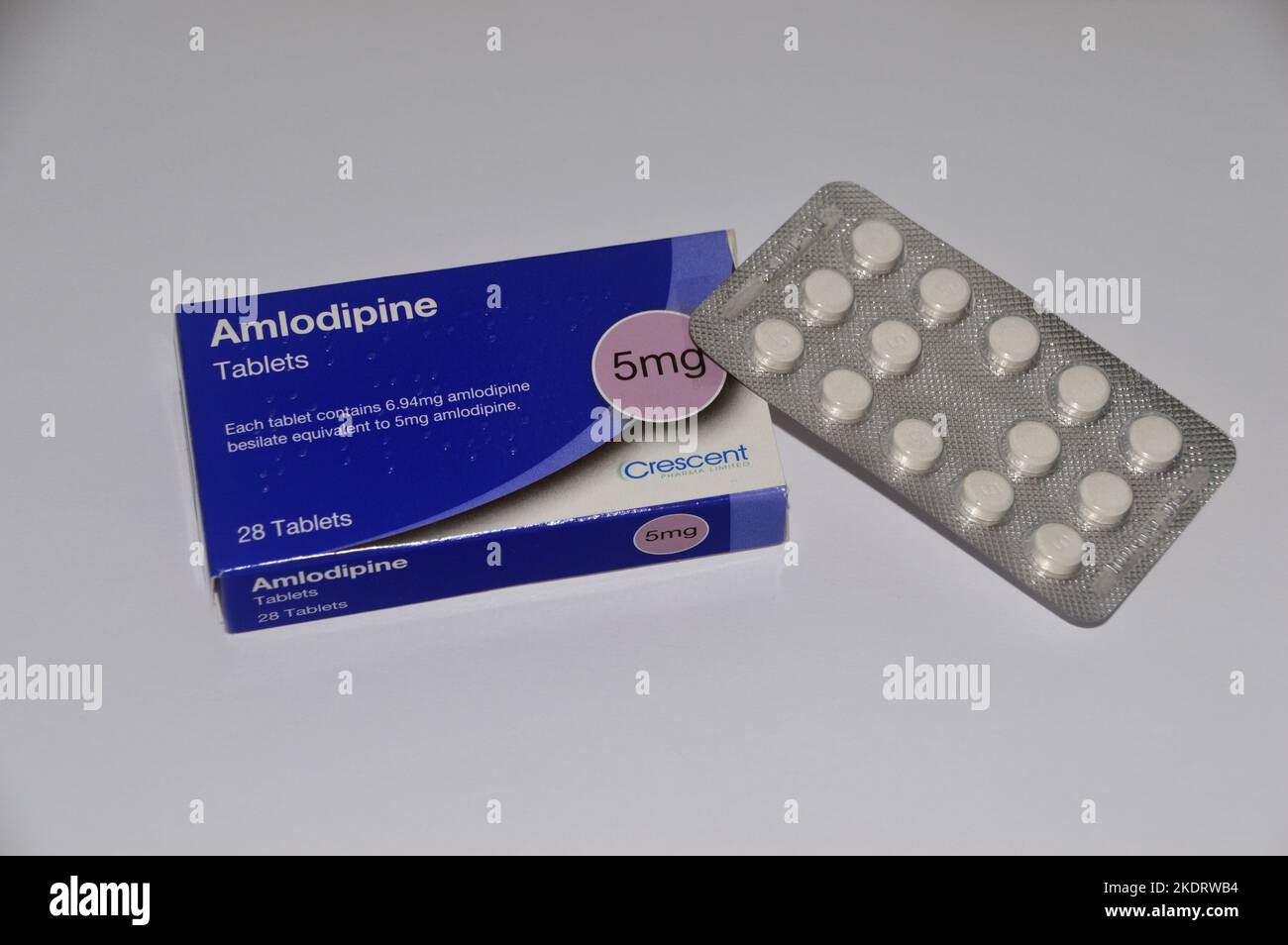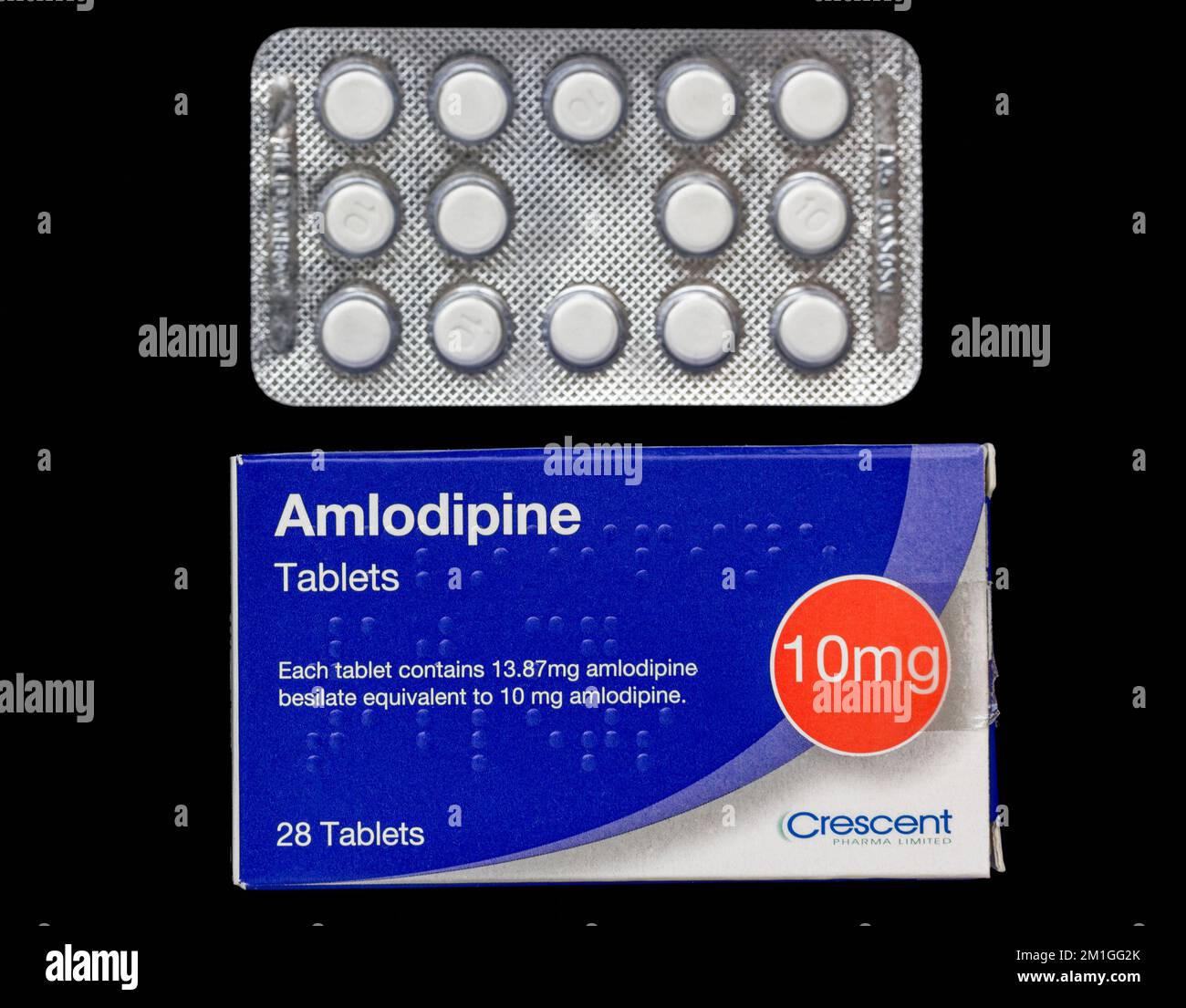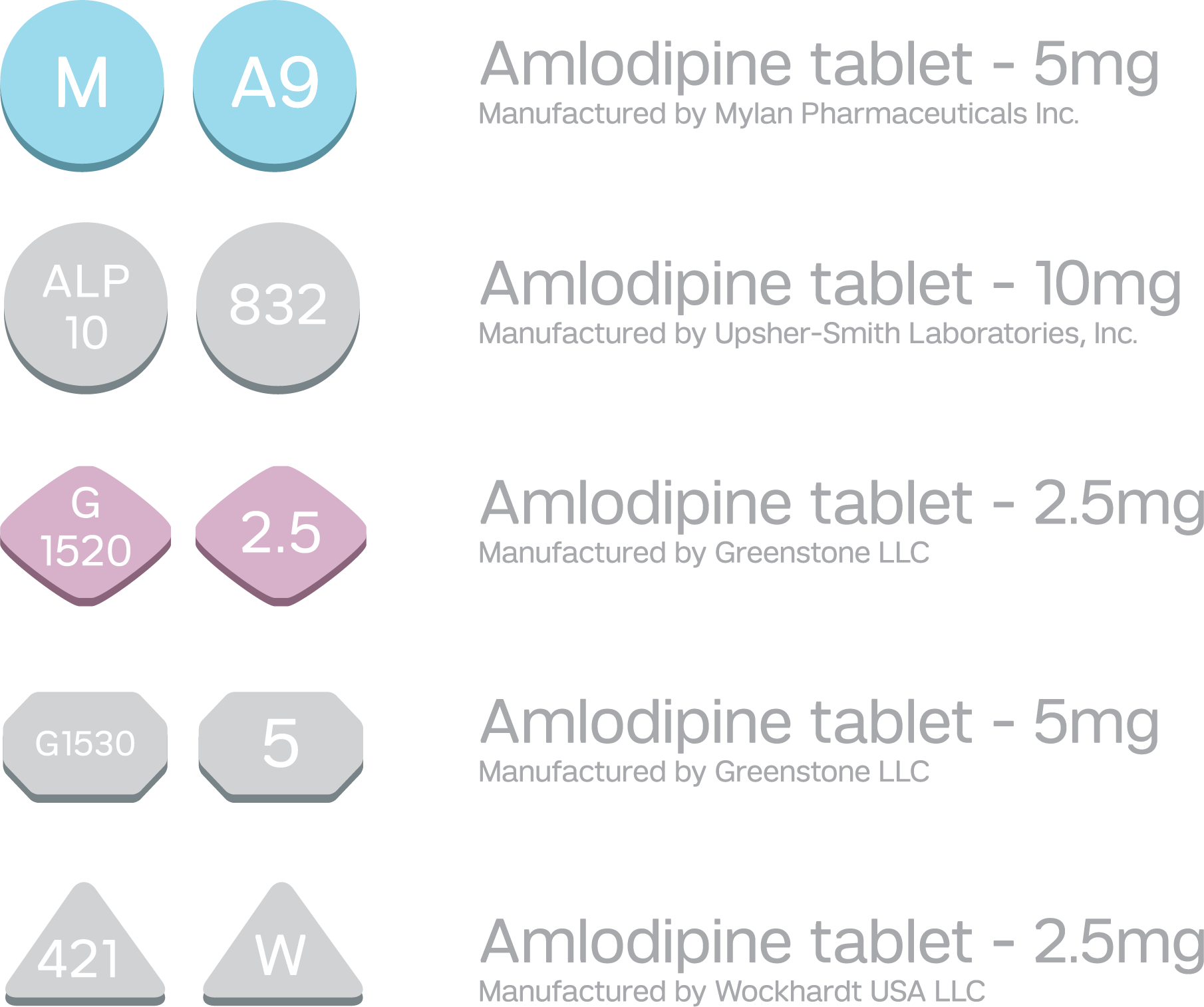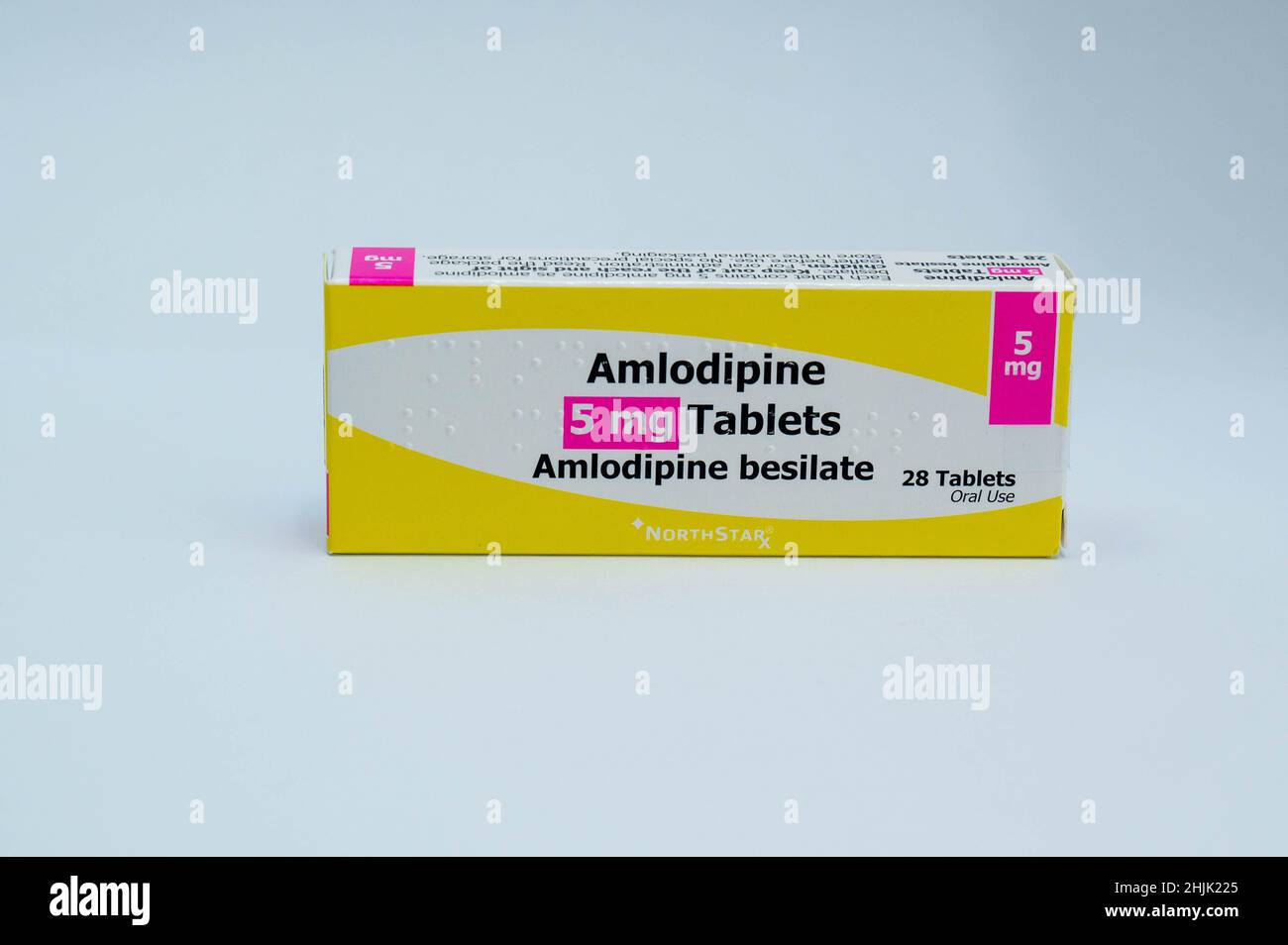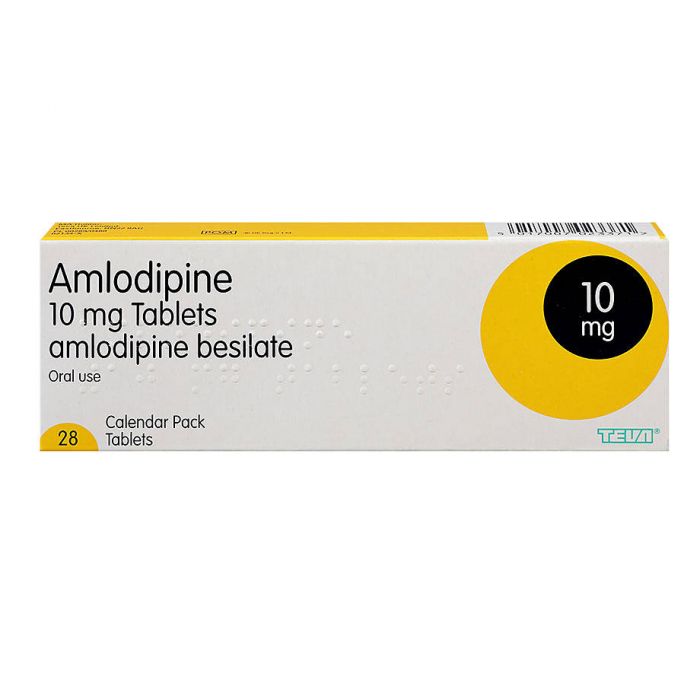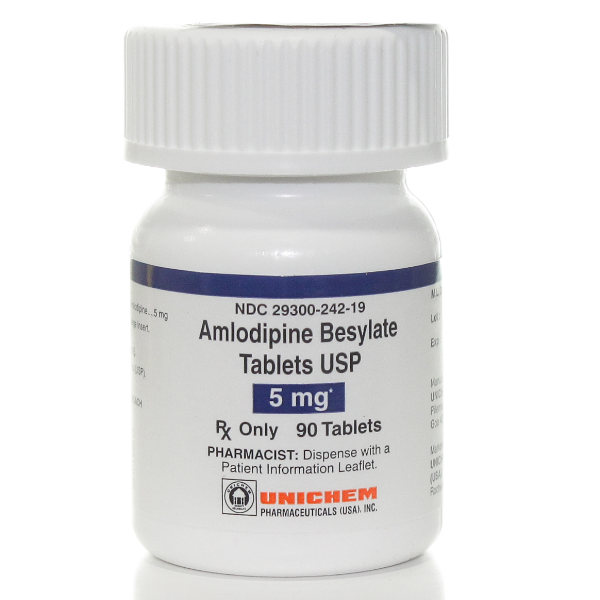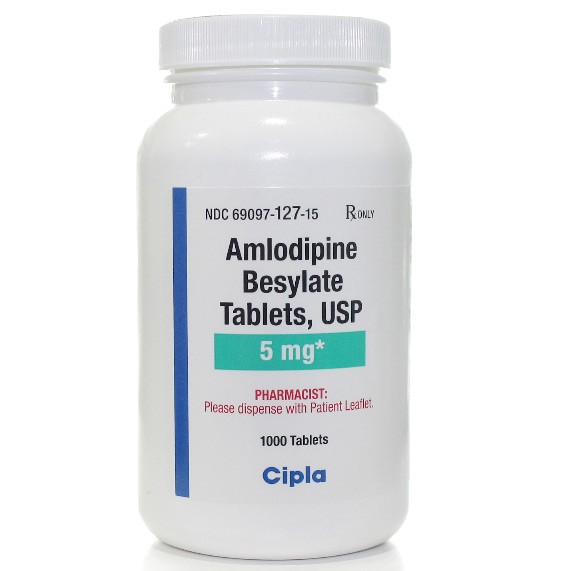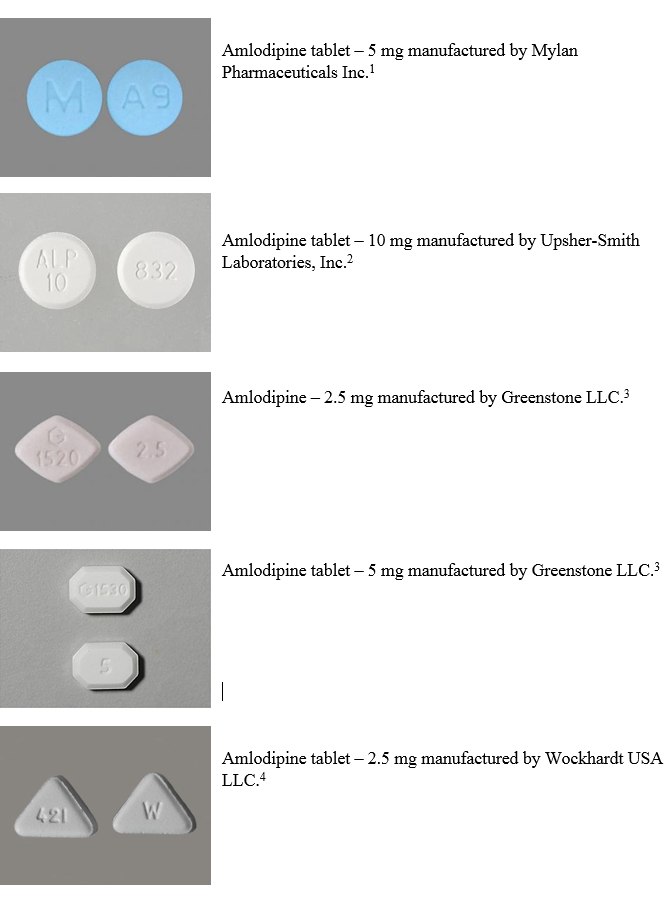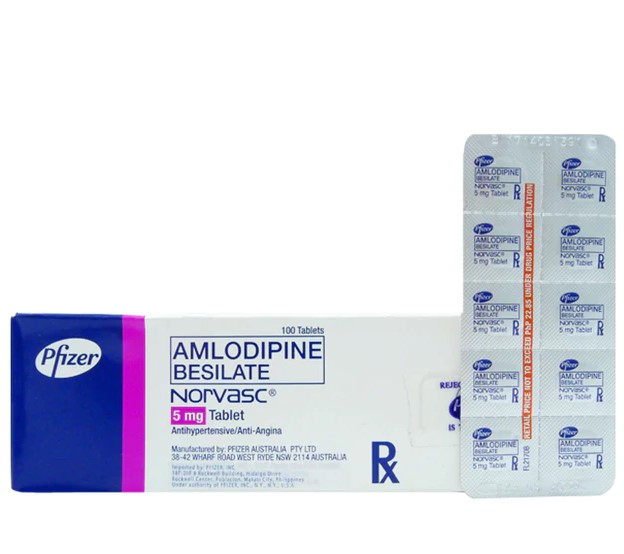What Does A 5 Mg Tablet Of Amlodipine Look Like
Urgent Health Alert: Confusion surrounding medication appearance can lead to potentially dangerous errors. Learn how to identify your 5 mg Amlodipine tablet to ensure accurate dosage and prevent adverse health events.
The physical appearance of a 5 mg Amlodipine tablet can vary based on manufacturer, but generally presents as a small, typically white or light-colored pill. This guide provides essential details for identification, helping patients and caregivers confidently distinguish their medication.
Identifying Your Amlodipine: A Visual Guide
The appearance of a 5 mg Amlodipine tablet is not universally uniform. Several pharmaceutical companies manufacture this medication, resulting in variations in color, shape, and imprint.
Common Characteristics:
Most commonly, the 5 mg Amlodipine tablet is white or off-white. It usually presents as a small, round or oval-shaped pill.
Many tablets feature an imprint, a code printed or engraved on the surface. These imprints are crucial for identification.
The most definitive way to identify a specific tablet is to consult resources like drugs.com's Pill Identifier or directly contact your pharmacy.
Variations by Manufacturer:
Pfizer's Norvasc, a common brand name for Amlodipine, is often associated with a specific shape and imprint. Generic versions produced by other companies will likely differ.
For instance, a generic version manufactured by Teva Pharmaceuticals might have a different color or shape than one from Mylan Pharmaceuticals.
Always cross-reference the tablet's appearance with the information provided on your prescription label and the accompanying medication leaflet.
Why Appearance Matters: Preventing Medication Errors
Misidentification of medication can have serious consequences. Taking the wrong dosage or a completely different drug can lead to adverse reactions or ineffective treatment.
Visual confirmation is a crucial step in ensuring medication safety. This is especially important for individuals taking multiple medications or those with visual impairments.
Caregivers should be particularly vigilant when administering medication to children or elderly individuals, who may have difficulty distinguishing between pills.
Where to Find Reliable Information
Your pharmacist is the best resource for identifying your Amlodipine tablet. They can visually verify the pill and confirm its dosage and manufacturer.
Online pill identifiers, like the one available on drugs.com, allow users to input the tablet's shape, color, and imprint to identify the medication.
Always double-check the results with a pharmacist or medical professional.
The medication leaflet that comes with your prescription contains essential information about the drug, including its appearance. Keep this leaflet readily available.
When to Seek Immediate Assistance
If you are unsure about the identity of your Amlodipine tablet, do not take it. Contact your pharmacist or doctor immediately.
If you have accidentally taken the wrong medication, seek immediate medical attention. Contact your local emergency services or poison control center.
Any unusual side effects after taking Amlodipine should be reported to your doctor promptly.
How to Stay Safe: Proactive Measures
Keep all medications in their original containers with clear labels. This helps prevent confusion and accidental mix-ups.
If you take multiple medications, consider using a pill organizer. This can help you stay organized and ensure you take the correct dosage at the right time.
Regularly review your medications with your doctor or pharmacist. This is an opportunity to address any questions or concerns you may have.
Next Steps and Ongoing Developments
The FDA (Food and Drug Administration) maintains regulations regarding medication labeling and appearance. Stay informed about any updates or recalls related to Amlodipine.
Pharmacies are increasingly utilizing technology to improve medication safety, such as barcode scanning and automated dispensing systems. Inquire about these services at your local pharmacy.
Continued patient education is essential for preventing medication errors. Share this information with your family and friends to promote medication safety awareness.
